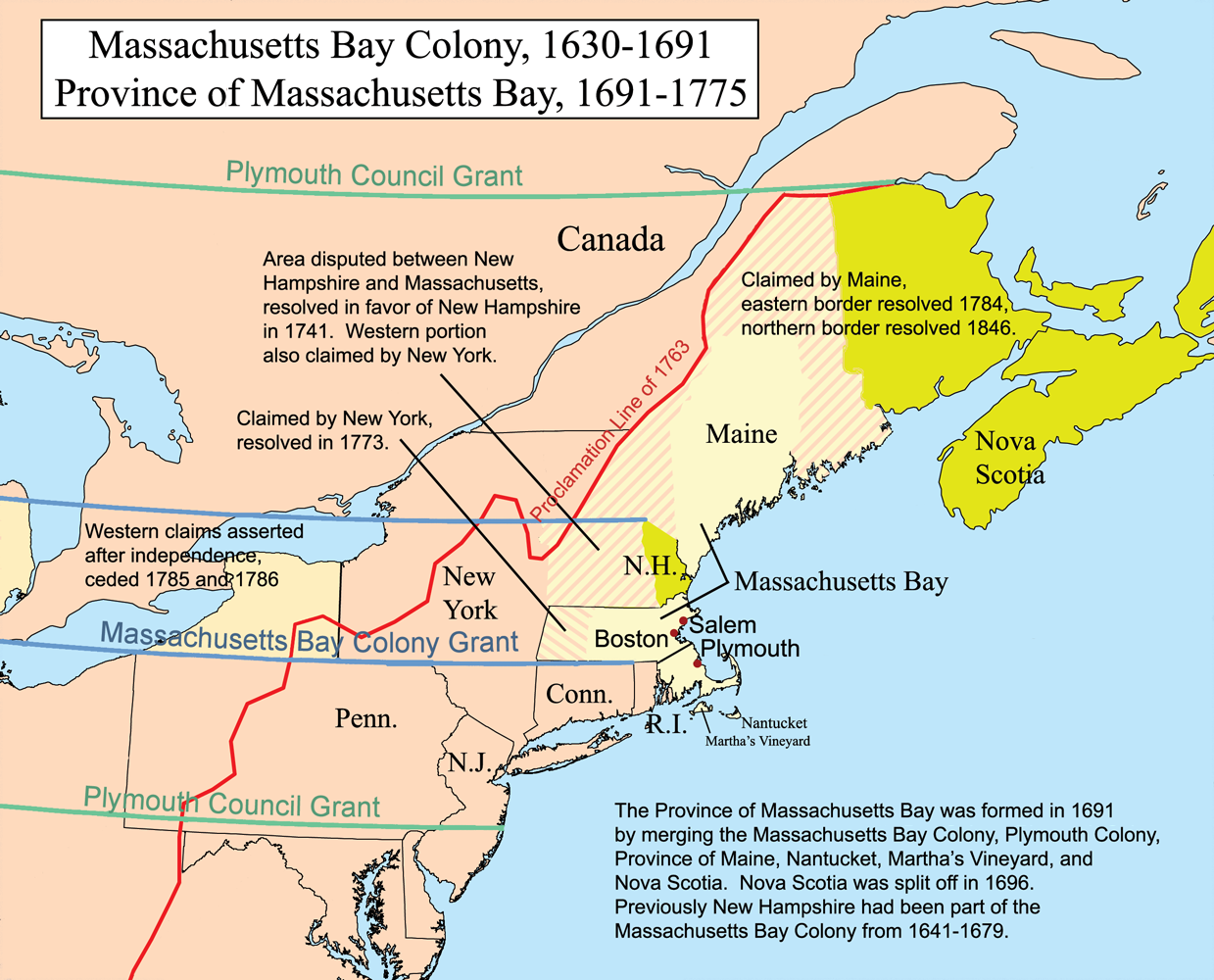
It is not uncommon to encounter the assumption that the history of Massachusetts began with arrival of the Pilgrims in 1620. However, Indians had lived in the area for thousands of years prior to the arrival of the Pilgrims. Furthermore, the Indians of Massachusetts had had contact with Europeans prior to 1620.
Possible Contacts
While the seventeenth century marks the beginning of the European invasion in Massachusetts, there are some possible interactions between Europeans and Indians prior to this. Many historians consider these earlier contacts to be unverified and dismiss these accounts. However, it should be noted that there was a time when some historians were skeptical about Viking settlements in North America, but current archaeological findings show that Viking contact was fairly frequent. There are archaeologically verified settlements in Newfoundland and archaeologist Birgitta Wallace, in her report in Vikings: The North Atlantic Saga writes:
“From L’Anse aux Meadows, expeditions were launched to explore areas farther away. We have proof that they went south to warmer, more hospitable areas where butternuts grew on large trees and grapes grew wild, for the archaeological evidence is unequivocal.”
In 1002, a Viking group under the leadership of Thorvald, the brother of Leif Eriksson, named present-day Cape Cod Kiarlanes (Keel-Cape) because it looks like the keel of a ship. The group then arrived at a heavily wooded promontory. Here they found three Indian canoes camouflaged with brush. There was a conflict in which eight Indians were killed and Thorvald was wounded. His wound proved to be fatal and he was buried at a place which the Vikings call Krossanes (Cape of the Cross). Writer Leo Bonfanti, in his book Biographies and Legends of the New England Indians, reports:
“Since there are so many promontories, both large and small, along the New England coast, ‘Krossanes’ could be any one of them, for its exact location has never been determined.”
Early Contacts
In 1602, the English explorer Bartholomew Gosnold landed at Cape Cod and traded with the Wampanoag. He reported that the Indians were in good health: they were free of epidemic diseases and they had good nutrition. When he returned to England he promoted the establishment of British colonies in the area.
The following year the English under the leadership of Martin Pring, built a palisaded trading camp at Cape Cod in Wampanoag territory. While the English entertained the Wampanoag with small gifts and guitar music, they also stole a large birchbark canoe. As a result, the relations between the English and the Indians deteriorated. The English fired their muskets and loosed mastiffs at Wampanoag warriors before abandoning the trading camp.
Pring reported that the Indians had gardens which were larger than an acre in size. He also described the large strawberries. His crew loaded sassafras to be sold in Europe as a high-priced medical panacea.
The theft of the canoe suggested to the Indians that the English were perhaps not honorable people and that their greed for material possessions was perhaps greater than the hospitality which they offered.
In 1605, French explorers led by Samuel de Champlain explored the Massachusetts coast. the explorers meet Indians in large dugout canoes, some of which carry 40 men.
Just north of the present-day city of Plymouth, the explorers were met by the Massachusett under the leadership of Honabetha. On the shore, Champlain admired the abundant crops of corn, beans, squash, tobacco, and Jerusalem artichokes which were being raised by the Indians. The Massachusett, on the other hand, were eager to obtain the French metal cooking pots and one sailor was killed for his pot.
In 1606, French explorers attempted to impress the Wampanoag in the village of Monomoy with their guns and swords. The French also erected a large cross as a symbol of their religious superiority. The Wampanoag response was to kill four of the landing party, tear down the cross, and jeer at the retreating French.
In 1611, English sea captains captured six Indians, including the Capawake sachem Epinow, at Martha’s Vineyard. Epinow was taken to England where he learned English language and culture. The English described him as “cunning” and “artful.”
In 1614, the English returned with Capawake sachem Epinow who was supposed to act as their guide and interpreter. Epinow, however, escaped from the ship by jumping into the water and swimming toward some Indian canoes. The Indians in the canoes fired a volley of arrows at the ship to aid his escape.
English Captain Thomas Hunt captured 26 Wampanoag, including a young man known as Squanto. The Indians were taken to Spain and sold as slaves. However, Squanto escaped and found his way to England where he learned to speak English.
Five years later, Squanto returned from England with Captain Thomas Dermer. He searched for his Wampanoag relatives and found that they had died in an epidemic.
Disease
Perhaps the greatest impact of the arrival of Europeans in Massachusetts came from the diseases which they brought with them. The diseases brought to this continent by the Europeans included bubonic plague, chicken pox, pneumonic plague, cholera, diphtheria, influenza, measles, scarlet fever, smallpox, typhus, tuberculosis, and whooping cough. The native population lacked immunity to viruses and germs that had evolved in Europe. Consequently, Indians succumbed in large numbers.
In 1614, a series of three epidemics began to sweep through the Indian villages in Massachusetts. At least ten of the 40 Wampanoag villages had to be abandoned because there were no survivors. Wampanoag population decreased from 12,000 to 5,000. The Massachusett were nearly exterminated. Between 1616 and 1619, it is estimated that at least three fourths of the Indian population in Massachusetts died from European epidemic diseases. Some authorities estimate the death toll at 90%.
It is not known what the actual disease was that caused this epidemic. Various writers have suggested bubonic plague, smallpox, and hepatitis A. There is strong evidence supporting all of these theories.
The Pilgrims would later look upon these epidemics as evidence of God’s grace and His intention for them to occupy this country.
The Pilgrims
When the Pilgrims arrived in 1620, they encountered few living people but saw evidence of many Indian graves. In some instances, the Pilgrims opened the graves and stole the grave goods which they contained. In one instance, the Pilgrims steal two bearskins from the fresh grave of the mother of Massachusett leader Chickataubut.
In finding a place that looked like a grave covered with wooden boards, the Pilgrims dug and found several layers of household goods and personal possessions. They also found two bundles. In the smaller bundle they found the bones of a young child wrapped in beads and accompanied by a small bow. In the larger bundle they found the bones of a man. The man’s skull still had fine yellow hair and with the bone were a knife, a needle, and some metal items. Historian William Cronon, in his book Changes in the Land: Indians, Colonists, and the Ecology of New England, reports:
“A blond European sailor, shipwrecked or abandoned on the Massachusetts coast, had lived as an Indian, had perhaps fathered an Indian child, and had been buried in an Indian grave.”
In another instance, the Pilgrims stumbled into a Nauset graveyard where they found baskets of corn which had been left as gifts for the deceased. As the Pilgrims were gathering this bounty for themselves, they were interrupted by a group of angry Nauset warriors. The Pilgrims retreated back to the Mayflower empty-handed.
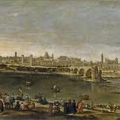
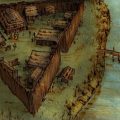
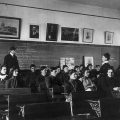
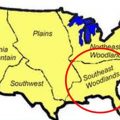
Leave a Reply